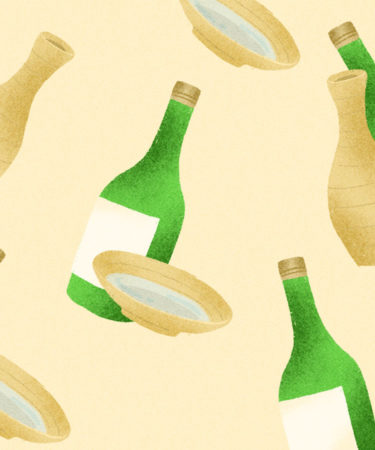If you Google this question, the resounding answer you’ll find on the interwebs is that the only sake that should ever be heated is the cheap stuff, but that’s a misunderstood oversimplification of sake, borne from too many sake bombs consumed at chain hibachi restaurants.
Yes, the premium ginjo and daiginjo styles benefit much more from being served chilled — which enhances their flavors and aromas — but there are also several sake styles, such as junmai, that benefit just as much from being served warm. This does not mean the sake is cheap — many junmai styles aren’t. It just means that this is a sake that possesses more dominant earthy and umami notes that are brought out when the sake is warmed as opposed to when it is chilled.
The general rule is that if the sake possesses fruiter notes, and is higher in alcohol (above 15 percent ABV), or is a more premium style made from a higher-polished rice, it should be served chilled, as serving it warm would cause it to taste harsh and accentuate the alcohol. But a junmai sake (not to be confused with junmai ginjo and junmai daiginjo), or a honjozo, often love a bit of warmth, bringing out aromas of cereal and honey, and often making these styles less harsh and much smoother.
The art of heating sake has been around for a long time — much longer than the sake bomb — and its original intention was not to mask cheapness or lack of quality. With sake, it’s all about finding the perfect temperature for each style to fully accentuate its characteristics. Sometimes, that means heating it, although many times it doesn’t. It’s all about finding the right balance.
